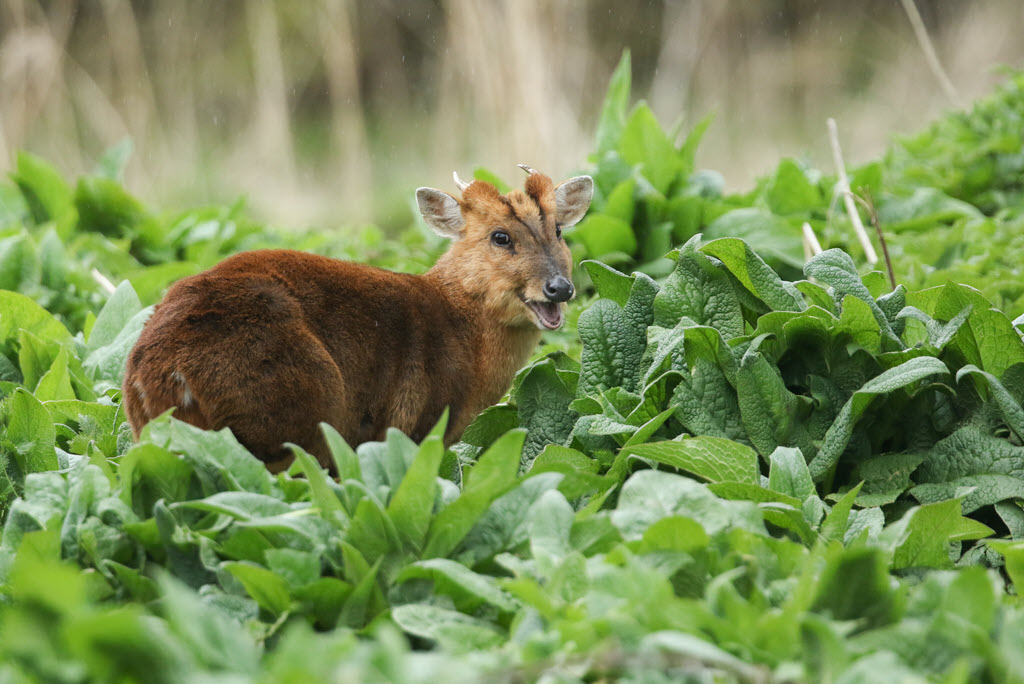Ask BDS – Fencing and Muntjac
Share article:
Article by:
Charles Smith-Jones, Technical Adviser, British Deer Society
Fencing and Muntjac
The British Deer Society receives regular queries from gardeners who are anxious to exclude deer, and particularly muntjac, from their vegetable patches and other places containing delicate or valuable plants.
Many express their concern at the small size of mesh suggested as this can increase fencing costs, while some worry that fawns might still pass through and become separated from their mothers. You can find minimum fencing height and mesh size recommendations for the different deer species, as well as other options for deterring deer, on the BDS website page Deterring Deer It should be stressed, though, that there are often no absolutes where deer are concerned.
The reasons that a small 75 x 75mm mesh is recommended to exclude muntjac are twofold. Firstly, any animal capable of fitting its head through mesh may often be able to contort its body sufficiently to follow, and immature muntjac might do this with a mesh size of 100 x 100mm. There can also be issues when an antlered muntjac buck fits his head through but cannot then withdraw it when he is prevented from doing so by his antlers.
The entire fence does not need to be constructed of 75 x 75mm mesh, however, instead just up to the height that an animal can approach from standing. Larger meshes are usually reasonably sufficient to deter jumping at greater heights. Many people find a standard deer fence with chicken mesh or similar against the bottom section effective. This can also work well if rabbits are a problem. An appropriate heavy plastic mesh may also be suitable but flimsy materials that an animal might tangle itself in should always be avoided.
There is no need to be too concerned about small muntjac fawns becoming separated from their mothers as they tend to remain close to them for the first few months of life. Indeed, there are some deer collections where young calves (albeit of other species) are regularly found outside the primary enclosures but have no trouble returning to their mothers.
It does need to be stressed that any fence designed to exclude deer of any species must either be dug in or alternately have a right-angle bottom section which is firmly turfed over. Deer will always prefer to go through or under an obstacle rather than jump it, and small ones such as muntjac or roe can exploit surprisingly small gaps of just a few inches.
Do you want to help people learn about deer? By supporting the British Deer Society (BDS), you are helping us provide free information and advice to everyone.
You can show your support by becoming a member or leaving us a donation to help us continue to educate and inspire people about deer.












